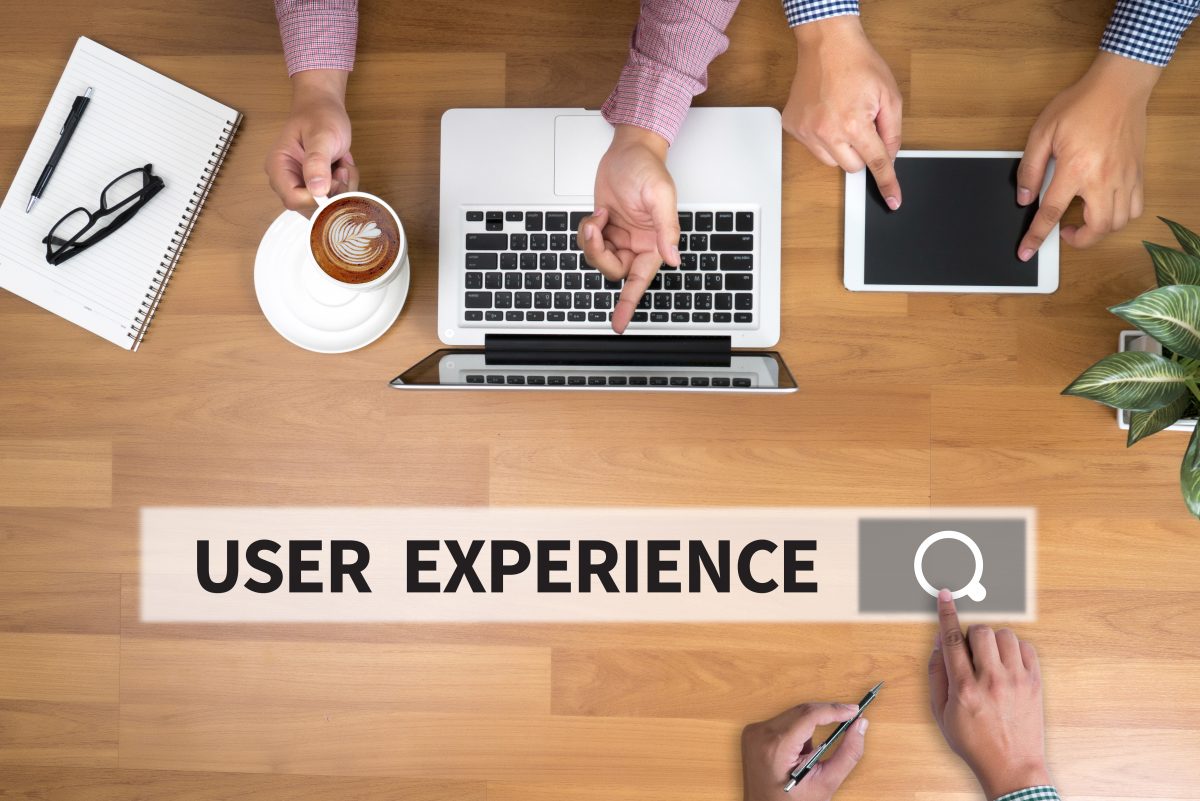
The evolution of technology in corporate learning has been rapid yet transformative, giving more power to learners at each step. Today, organizations aim at bringing learning to where employees are. It could be on their smartphones, their tablets, laptops, and even on their smart watches. Giving a learner exactly what they want, and where they want, is the only way to win in this disruptive digital landscape. All this calls for solutions that are employee centric. To design such solutions, the focus needs to shift from instructional design to user experience design on a whole.
If you are thinking about what would constitute impactful user experience design, well, for starters, learning and information support systems should be extremely easy and intuitive to use. We are already so accustomed to the Google and YouTube experience in our lives. Say you are seeking a quick tutorial on how to apply an appliqué patch on your denims. Without even wanting to check with the person sitting next to you, you just type in your query on the Google toolbar or the YouTube app on your phone, and there are thousands of results available in a second. There are videos, infographics, articles, and much more. You choose to view based on your reading and watching preference. And if you don’t like what you see, you quickly move to the other results. So quick and easy, Right?
Consider another case, you need a cab, all you need to do is press a search button on your Uber app, and the app shares information on all cabs available nearby, with the estimated wait time as well. Who could have thought of such a technology sorted life, a decade back! Today, all information is available at your fingertips, and the user experience is constantly improving.
We need to design the same experience for corporate learning. But there is a small catch. The corporate learning experience, because of its formal nature, needs to be a lot more controlled; a lot more guided, whilst appearing as independent as it regularly is. Since there is an explosion of video and instructional content over the internet, it is really difficult to filter out the right information for your employees.
Here are some ideas on how to achieve this:
- Personalize the experience
They key here is to track employees’ digital footprints at the workplace and based on them, guide the employee into an appropriate and personalized learning flow. Every employee’s learning needs and learning style varies from others. Automated systems powered by artificial intelligence can be used to detect what is best suited for an employee. They can be used to act as gatekeepers to filter the right information from the internet to the company intranet.
- Categorize content
For easy searching, content can be categorized into multiple types Informative Instructional, Advanced, Compliance Related, etc. These categories may totally depend on the workplace requirement and make it easier for employees to locate the right module or video depending upon their requirement. Uncategorized content will only lead to more confusion and less learning.
- Specify learning format
Learning formats could be segregated into two types: Macro-learning and Micro-learning.
Micro-learning is just in time, delivered in small, very specific bursts. Two minute videos could be micro-learning. A short game could be micro-learning. Even a small eBook that takes ten minutes to read through could be micro-learning. We, as users, consume this kind of material all day. This could prove handy when an employee wants to learn a quick thing, or read up on a quick policy, Content curated distinctly as micro-learning lets a user know what to expect.
Macro-learning, on the other hand, is something that covers detailed information related to a topic. It comes in handy when an employee wants to learn an entirely new process or function. For instance, it could be all about social media marketing, or automation testing. Macro-learning can be instructor led, or a series of videos and podcasts, or an entire interactive eBook.
- Enable ratings
When there is abundant information available to be consumed within an organization, it makes sense to learn from other’s experience too. Courses, videos, or other learning objects need to have a provision where employees can rate them. It makes more sense to view a video course with 5 stars on ‘Retargeting’ than a 1 star video. An ‘Effective Sales Strategy’ podcast liked by 50 employees stands a higher chance of being heard than a similar one liked by only 12.
- Add pre-assessments
Assessments added prior to an important course or module make learning much more controlled and better guided. Such exercises can give a sense of what the employee already knows and what s(he) still needs to learn.
The above steps can ensure that employees can find the information they need wherever they are. Such a design replicates the massive YouTube or Google like learning experience into your corporate learning. The key is to step into the user’s shoes and focus on the user experience design.
Thoughts?
Note: This blog has been drafted based on inputs from the following members of Harbinger’s Industrial Advisory Board:
- Patti Evanosky, Director of Training, Chicken Salad Chick
- Paul Meek, Director, Solutions Training and Advisory Limited
- Jayant Kulkarni, Chief of Sales, Harbinger Interactive Learning






